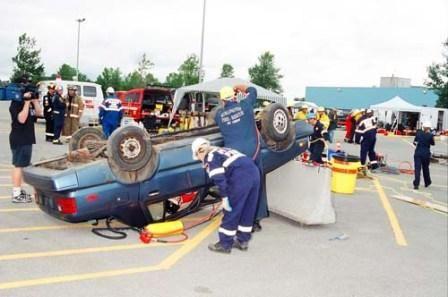
 https://canampolicefiregames.org
https://canampolicefiregames.org
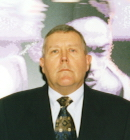
The Can-Am Police-Fire Games, a multi-sport event that includes not only traditional sports but competitions that include skills used in first responders’ day-to-day work, actually began in 1977 in the Pacific Northwest. At that time, the event served officials in Washington and Oregon. As the event grew, however, it was rebranded as the Can-Am Police Fire Games to better represent the nationwide distribution of athletes. Contestants now include not only the fire and police professions, but emergency medical service providers, Homeland Security, Border Patrol, corrections officers and more. The Can-Am Police-Fire Games is a registered non-profit organization 501(c) 3 in the United States and is registered under the Canadian Society Act as a non-profit organization.
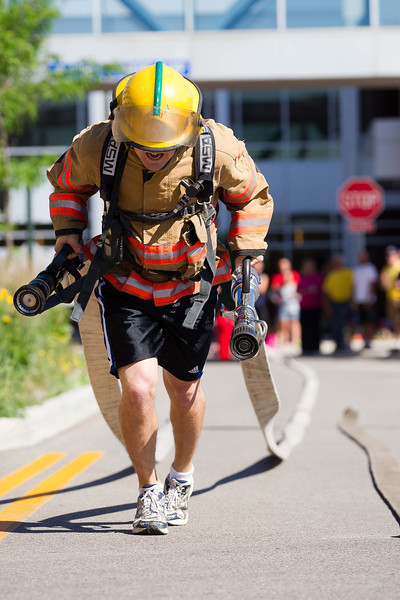
Lynn Hillman: Yes, we will be in Land of the Ozarks, Missouri.
SDM: Do the sports that are offered change from year to year?
Hillman: There are what we call compulsory sports which are offered each time, and then there are some we add. In Land of the Ozarks, we’re offering our first pipe and drum competition; we’ll have everything from single pipers to a full Scottish band. Pipe and drum is really a tradition in law enforcement. Sometimes, it’s a sad tradition – you’ll hear them at the funerals – but they’re also in parades.
SDM: You’ve said the games have evolved over time. Is the registration continuing to grow?
Hillman: It has gone down some. It used to be we’d get 1,200 people; now, it’s more around 900 to 1,000. We’re hoping for a pickup in Land of the Ozarks next June for several reason – there are good rates and it’s a great destination. We’re hoping for the biggest event we’ve ever had.
SDM: What factors do you think went into the decrease?
Hillman: It seems like the younger people are disinclined to travel to compete these days. It could also be the economic situation or just general inactivity. Plus, the younger generation is not in tune with traditional sports – there has been a great decline in basketball and softball but a big increase in pickleball and CrossFit. But it can surprise you. We just put on our 2016 Games in Thunder Bay, Ontario, and we offered bocce as a last-minute sport and there were 24 teams participating.
SDM: You mentioned wanting the 2018 event to be the biggest yet. Are you doing anything differently, registration-wise?
Hillman: We’ve changed our policy to attract adult children and spouses by letting them participate as well as volunteer firefighters. We’re hoping it will increase participation. Even if it doesn’t increase participation that much, it will increase enjoyment.
SDM: It’s a summer Olympics-style sports festival. Do you offer events for people who aren’t as active or mobile as others?
Hillman: We try to design our sports to keep up with what is popular with emergency services personnel. We’ve added darts, Texas Hold’em, a chili cookoff, disc golf – there are a lot of things for people, depending on their interests.
SDM: You talked about the compulsory sports earlier – are those all required to be held?
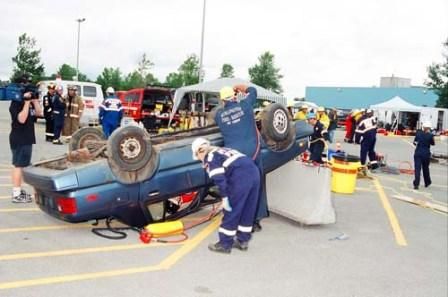 Hillman: It’s pretty usual for our host to identify 40 separate events, but to cancel four or five at the last minute – sometimes we don’t have the numbers to put them on.
Hillman: It’s pretty usual for our host to identify 40 separate events, but to cancel four or five at the last minute – sometimes we don’t have the numbers to put them on.
SDM: Are the compulsory sports all traditional sports?
Hillman: Some are, but a few are things you won’t find anywhere else. We have SWAT competitions, Narcotics Dog, Police Service Dog, Toughest Firefighter Alive and Toughest Competitor Alive. There are also shooting competitions for Duty Pistol and Police Action Pistol.
SDM: Are those open to the public?
Hillman: Not all of them are. The SWAT events, for example, are closed to the public, but the canine events are always interesting for the public to watch since most people have never seen a police dog at work before.
SDM: What are you looking for when it comes to choosing locations? Is information available to potential host cities?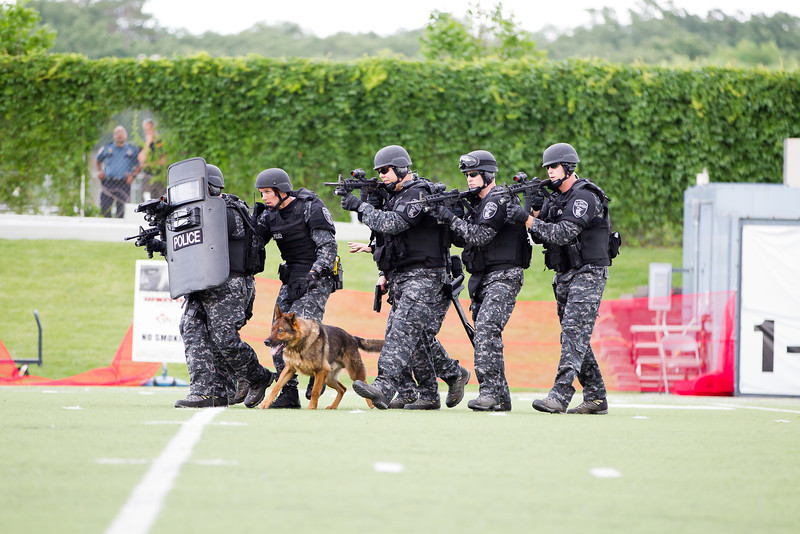
Hillman: Yes, people can find all that information on our website. What we’re looking for, though, is, of course, is whether a city will have all the facilities we need and how much experience they have in hosting a multi-sport event. When you think about it, just about anyone with the right facilities for one sport can host an NCAA championship, but what about an event with 40 sports? It’s an extreme challenge and not something you take lightly. We really need a city that will be able to support us. Then, of course, we’re always interested in cities that have nice things for families to do.
SDM: What is the economic impact like?
Hillman: On average, if we bring 1,000 participants into your community, it will generate $5 million in economic impact. That’s really significant, especially in a community of 100,000 or so. We look at not only the economic impact, though, but at the lasting impact of these Games. We’ve set up our schedule so that people are in the city longer. Every one of our team sports, you have to lose five games before you go home. At many tournaments, it’s single elimination or double elimination and then you go home. This way, it’s better for people because they get to stay and be in the games, and it’s better for the host city because people are there, staying in the hotels and eating in the restaurants.
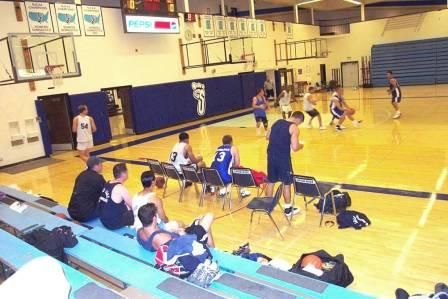 SDM: Are the Games profitable for your group?
SDM: Are the Games profitable for your group?
Hillman: We don’t make actually make money on the Can-Am Games; all the profits go to charity.
SDM: Is there a certain area of the country the Games tend to stay?
Hillman: No, there is a list on the website; you can see we’ve moved all around. About 90 percent of the people like to be within a ten-hour drive of the Games.
SDM: A ten-hour drive?
Hillman: Police and firefighters just love to drive.

